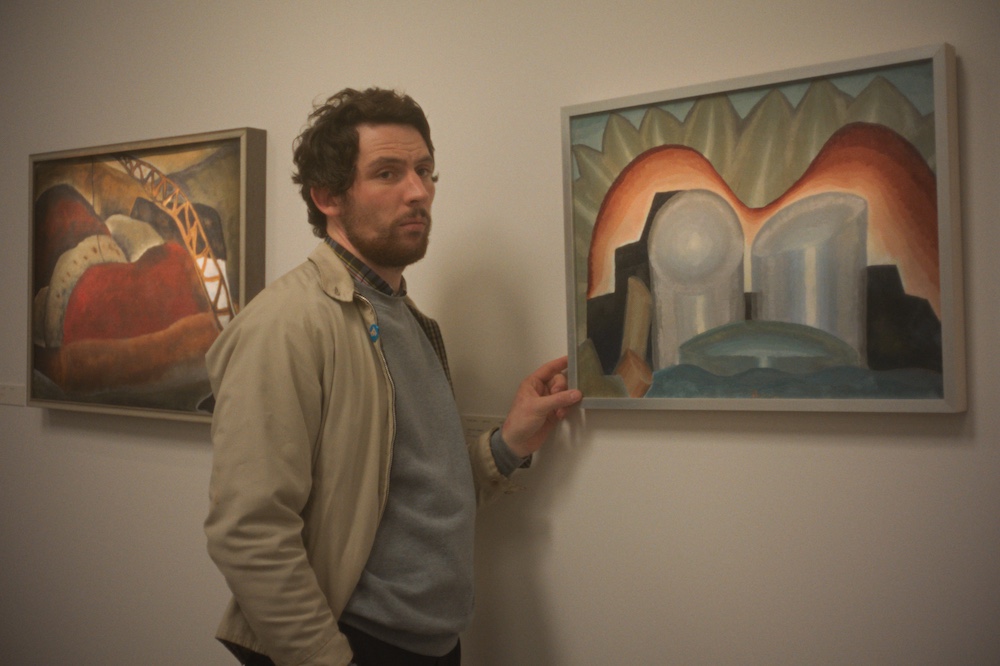Abstraction is at the heart of The Mastermind, the latest film by Kelly Reichardt, which charts a bungled art heist at a fictional museum in Framingham, Massachusetts, in 1970. There are the non-figurative Arthur Dove paintings that the crooks stuff into canvas bags on the orders of the heist’s orchestrator, J.B. And J.B., played by a laconic Josh O’Connor, is a curiously abstract figure himself: detached from the people and events that ought to mean more to him, including his exasperated wife, his two young sons and the many fellow citizens protesting the United States’s involvement in Vietnam, he reveals little of his true self to anyone, even the viewer. But he’s not as smooth as he thinks he is, and makes for a poor mastermind: within days of the heist he loses the paintings and finds himself on the lam. One phrase is repeatedly levelled at him by different characters: ‘You didn’t think things through.’
Reichardt, however, has thought things through very carefully. Though her spin on the heist genre isn’t quite an abstraction of it, she does take recognisable tenets of heist movies and stretch them almost beyond recognition. The theft takes place early on, with most of the film devoted to the fallout; Rob Mazurek’s jazz score is playful rather than heart-pounding; and, as for pacing, the movie doesn’t so much sprint, dart or slide under laser detectors as amble, shuffle and lollop.
Based on a real heist that took place in May 1972 at the Worcester Art Museum in Massachusetts, The Mastermind is Reichardt’s second film to be set wholly or partly in the art world. Showing Up (2022) is an offbeat study of a sculptor in Portland preparing for a show while reckoning with her genial but inconsiderate landlord. It did not get distribution in the UK; The Mastermind, however, is deservedly getting a cinematic release before appearing on MUBI later in the year. Reichardt met with Apollo in London to discuss masterminding a film about a failed mastermind.
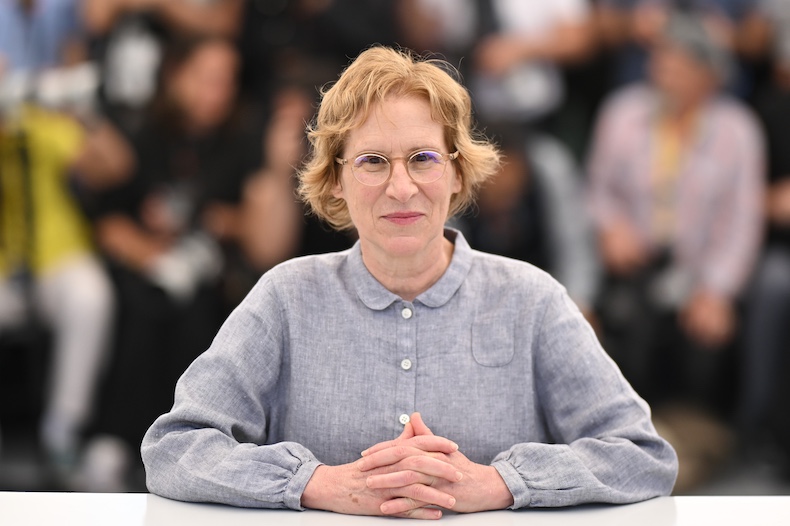
Several art heists have taken place in the United States. What intrigued you most about the one in Worcester, Massachusetts?
It was a jumping-off point for the film. I had a pretty good collection of art-heist stories that I’d been collecting for over a decade, but what intrigued me about this one was that it was the 50th anniversary of the heist and there was an article about the girls, who were by now women, who were just in the museum doing their homework but got caught up in the heist. I really liked that little element of it. So I was looking around at art heists and wanting to do something on the East Coast – the East Coast is right for that story. I went to art school in Massachusetts, which is where you might find one of these regional museums.
You’ve mentioned before that the Arthur Dove paintings were initially a placeholder but ended up being the final paintings in the script. By contrast, the Worcester thieves took two Gauguins, a Picasso and a painting believed at the time to be a Rembrandt. What made you settle on Dove?
Dove was the first artist I thought of and I thought of him as a placeholder – I was like, ‘I’ll have to get to what the art will be.’ Over the year or two that I was working on it, I kept trying other things: I realised that if they were portraits, who they were portraits of became [a tricky question]. I was trying all these other schools of art, like the Hudson River painters, and wondered whether I wanted it to be an American artist. I liked the idea that someone might see value in abstract art that someone else doesn’t – [because J.B. is] from a different generation, maybe.
When I found the building that was going to be the exterior of the museum [the Cleo Rogers Memorial Library in Columbus, Indiana, designed by I.M. Pei], I thought that Dove really worked with that sort of architecture. Then I found a picture of a Dove show from 1970 in a gallery and I was like, ‘OK, that looks fantastic, and it’s feasible that Dove would have been showing.’ So I came back to Dove – and of course the name ‘Dove’ is very nice for my film.
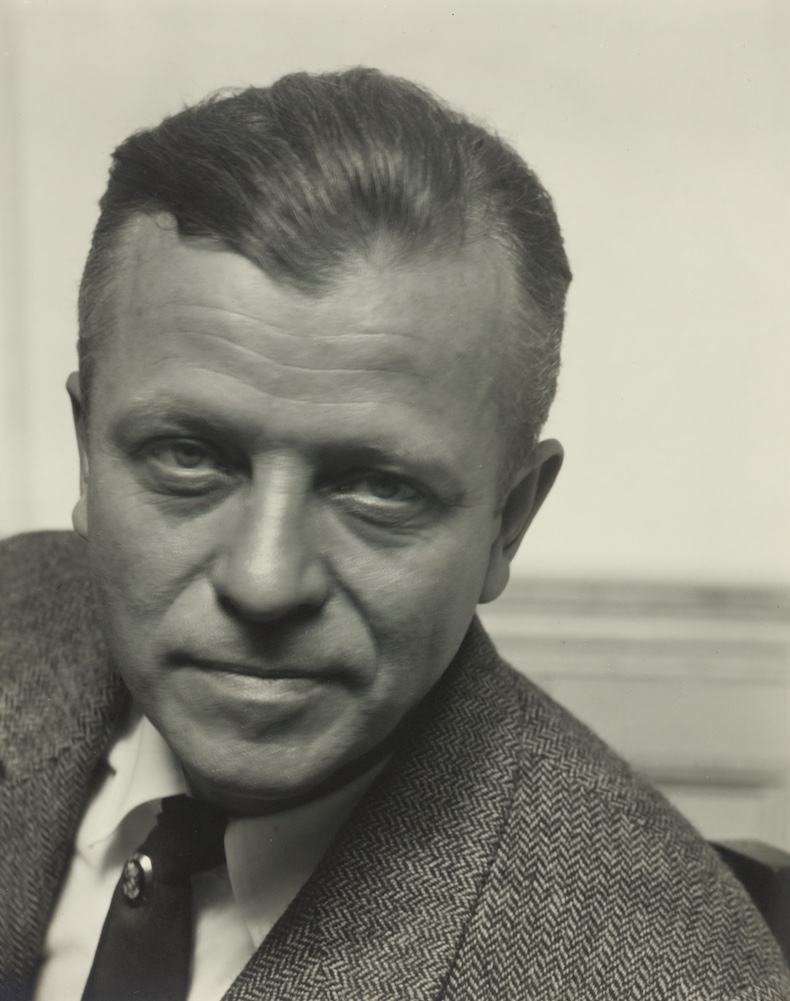
What appealed to you about the Cleo Rogers Memorial Library? Why did it feel right for the film?
It’s a beautiful building and it’s the right size. I was looking for the circular drive that no longer exists in museums but always used to exist, before they started tightening up their security [editor’s note: circular drives make quick getaways easier]. But for all the ones I could find online, whenever I went to scout it out the drive was gone.
The Cleo Rogers Memorial Library still had that drive. It’s a great minimalist, brutalist structure, and perfect for the kind of town I wanted to set the film in. In post-production we got rid of all the security cameras and handrails and other stuff that’s been added in the years since.
Was there a reason you chose those particular works by Dove (Tree Forms, 1932; Willow Tree, 1937; Tanks & Snowbanks, 1938; and Yellow Blue Green Brown, 1941)?
A lot of Dove’s works are small; the paintings in the film are some of his biggest works. I needed something you couldn’t just hide under your jacket.
But then we tried different ones and as the reproductions started coming in, we were looking at how the paintings worked with each other. If it had been a different week or a different hour, they might have ended up being different paintings. But the production designer Tony Gasparro and I kept plastering the wall with different shows of what it would look like. We had our first show, with a wall of Doves that we wanted, but then found out how small some of them were. So we had to keep going back and start from scratch. But it was a process, like everything is, of finding which ones made sense. Let’s face it, curating a show is pretty fun.
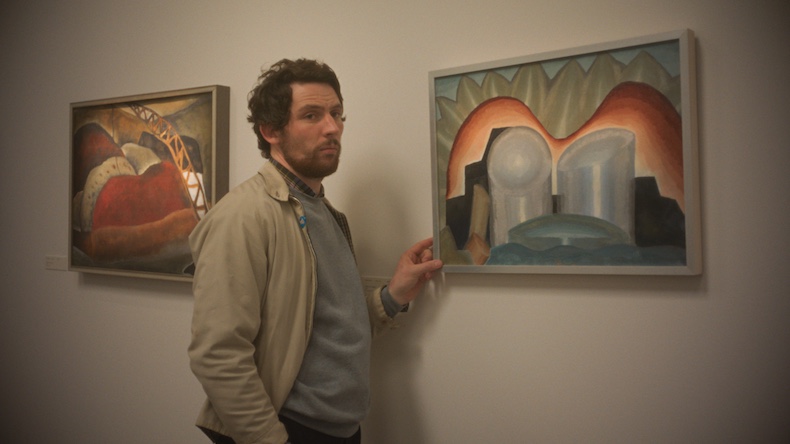
Did you and Tony Gasparro curate the museum’s permanent collection?
That was a really long process; Tony Gasparro and our art director, Charles Varga, worked a lot on that together. We knew there was going to be a Revolutionary room and a Hudson River room; there’s a Winslow Homer J.B. runs past. I was involved in the overall layout, but the particulars of which paintings went in which rooms was something they were really diving into, because it had to do with the construction of the museum and how things would work with each other, which was such an ongoing process and depended on what we could get rights to.
You know someone who worked at the Phillips Collection in Washington, D.C., who has a huge collection of Arthur Dove paintings. How was he helpful?
That’s Alec MacKaye, who has been working there forever and can talk a lot about Dove, which is great. I didn’t even know where to begin, so he was an early person to have a conversation with. He pointed us in the direction of restorers, and since the paintings in the film aren’t original Doves, he helped us with where to begin on that. He was just a great resource. It turned out that Dove is in the public domain, so I didn’t end up having the troubles I thought I was going to have.
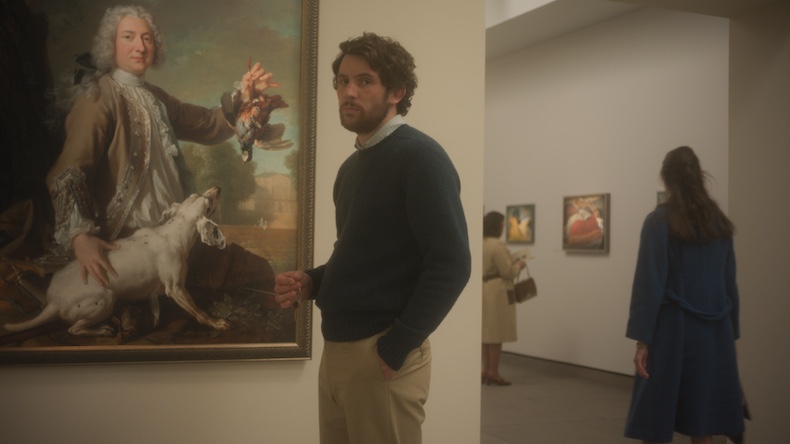
When did you first fall in love with art?
When I was a kid, there was a game called Masterpiece: you’re an auctioneer and there are cards with masterpieces on them. You have a Hockney, a Picasso, a Warhol and so on, and each has a price on it. In Florida, on Sundays at dad’s house, we played Masterpiece.
My first job in New York was at the Whitney, just taking tickets. So when I got this job and saw some of these pieces in real life, of course I had a connection to them because at first you like what’s familiar to you: you go, ‘Oh, yes, I love this painting – I know it from this game.’ But your tastes change as you get older and learn and absorb more.
What’s the first work of art you remember really having an impact on you?
When I was living in Florida, Christo came to wrap the islands in Biscayne Bay [for the artwork Surrounded Islands, Biscayne Bay, Greater Miami, Florida, 1980–83]. A friend of mine worked on them and took me to the parties at night with [her colleagues]. On the one hand I was wondering: ‘This can’t be good for the fish or the birds – is this really right?’ And on the other hand I was like, ‘Wow, this is fantastic. This whole group of people came here and are all working on this one thing, just because it will look amazing.’ And it did look amazing. That made a huge impression on me, and I was like, ‘Wow, stuff’s going on. I gotta get out of Florida.’ That piece of art, probably because I sort of got to watch it happen, was huge for me.
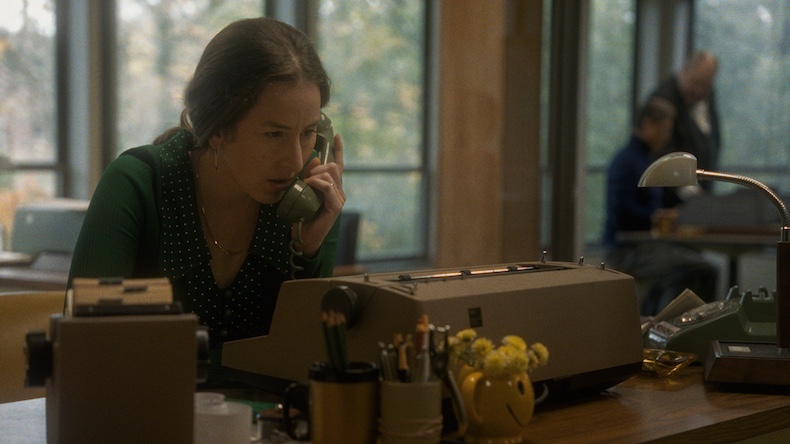
You were an undergraduate at the School of the Museum of Fine Arts, Boston. What were the most useful or important lessons you learned there?
I wouldn’t have thought this at the time, but there were two things that made a big impression on me. First, if you went to the museum school, you could go to the campus of Tufts University and take a class. I went to Tufts and took a class called something like ‘The politics of Fassbinder’. The teacher was fantastic: you saw a Fassbinder movie, you talked about the politics of it, she lectured on the politics of it, and then you saw the same movie again. I didn’t know anything about Fassbinder and it blew my mind.
At the same time, at the museum school, I was taking a class in Indian cinema, which at the time I felt really overwhelmed by. But Satyajit Ray’s films mean so much to me and I never forgot them, and I wanted to revisit them later. They were so different from the other films that were shown in that class, which were more like Bollywood films. So those two discoveries were huge in school.
It was when I moved to New York that I dove into art. In Boston I was really getting my film education: I was spending all my time in the cinema and I was very intimidated by museums when I was young and I came up north. I grew up in such a cultural desert: there were a lot of different cultures in Miami, obviously, but I didn’t grow up around ‘art’ culture. When I got to New York, it was easier: you can just go to galleries and see art for free and sort of wade into it. In the last 10–15 years, my complete devouring of film has kind of switched over to looking at other forms of art.
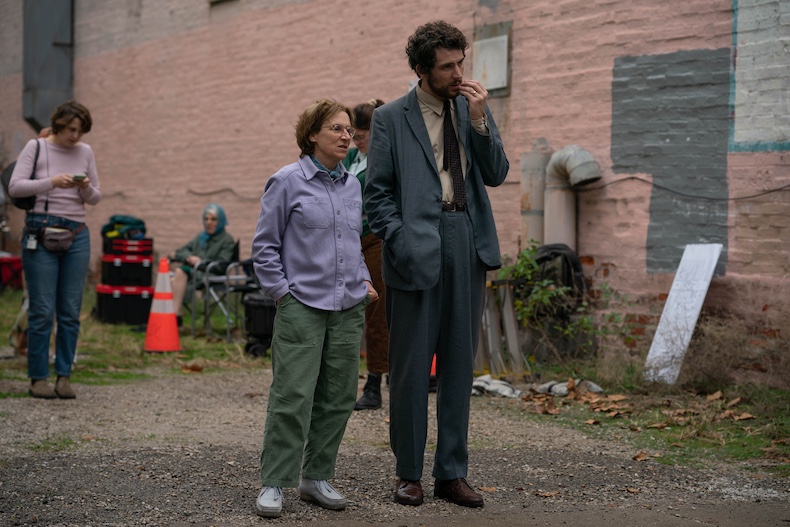
Do you like Arthur Dove’s paintings?
Yeah, I do. It would be too much to work with paintings I didn’t like. I wouldn’t say all my favourite Doves are in the movie, but I wondered at the beginning: if you saw a Dove outside of a gallery situation, would it have the weight that you feel when you see his works together?
I am drawn to him for whatever reason any of us is drawn to, say, Milton Avery or Charles Burchfield – it’s abstract work that comes from nature. And there’s something about the texture of his paintings and the minimalism. I thought, ‘If I were a woodworker, which J.B. is, this makes sense to me somehow.’ And then when you’re around them you get to love them more and more. But yeah, I was a fan. I wouldn’t have a character indulge in something that I couldn’t relate to.
Do you have a favourite museum? Where are your favourite places to see art?
It’s always fun when you go to Venice to go to the Peggy Guggenheim Collection, because it’s like you’re in someone’s house. That’s fun.
Where I stay in New York now is very close to the galleries, so I enjoy going to those. I like the new Whitney building, but it’s huge. I loved the old Whitney space and I still like going back there.
Also the Brooklyn Museum. And the Noguchi Museum is wonderful – just tucked away in this little middle-class enclave of Queens.
What are your favourite New York galleries?
I loved Marlborough Gallery; I really saw a lot of art there, [including] some Dove and some beautiful Burchfields. But, like a lot of places, it’s not there anymore.
Also, the Drawing Center on Wooster Street: there’s a really good curator there and they have great shows. And it’s free.
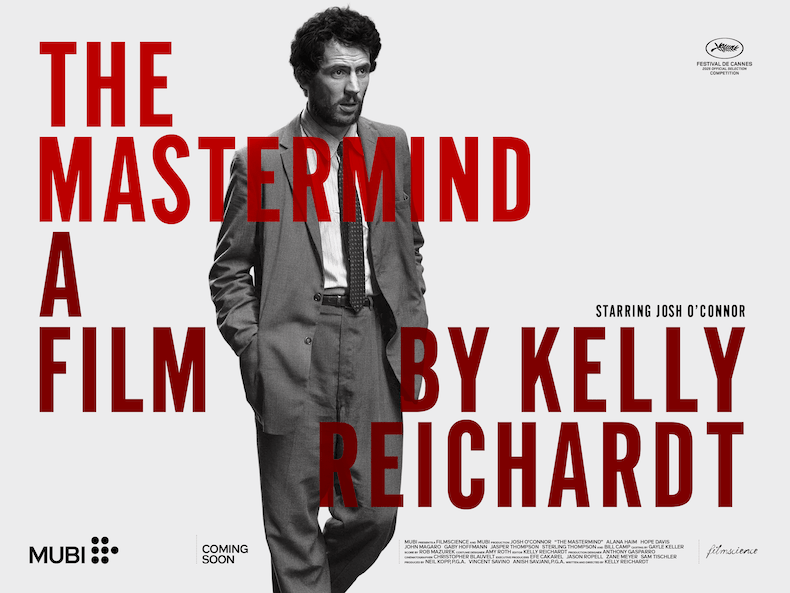
The Mastermind is in UK cinemas from 24 October. A book of the same name, exploring the making of the film and including an essay on Arthur Dove by Alec MacKaye, is published by MUBI Editions in February 2026.
